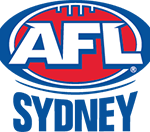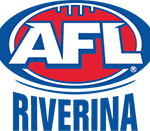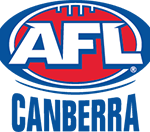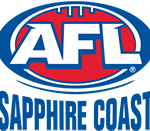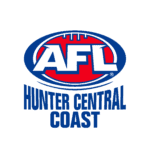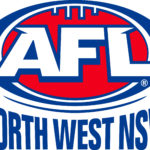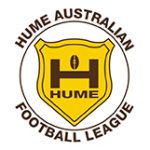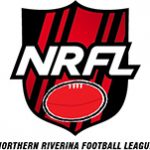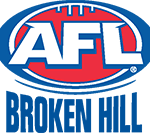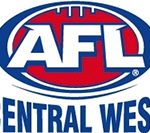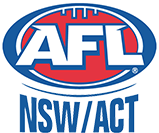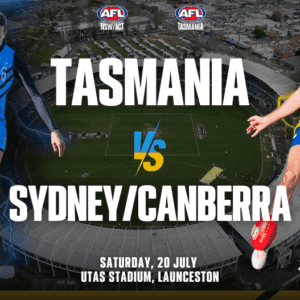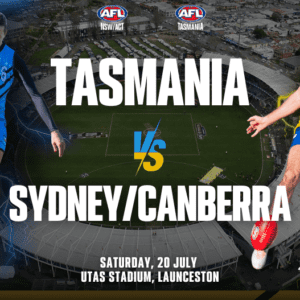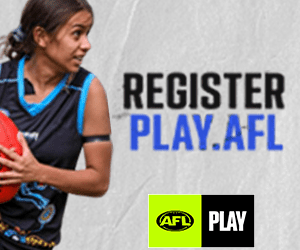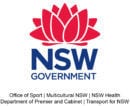Riverina Hawks rule the roost
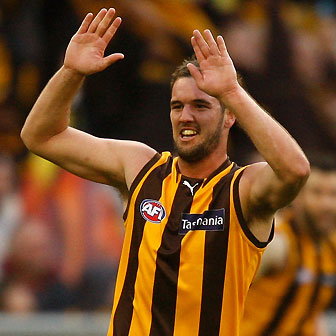
Story by Mark Macgugan published in the round 15 edition of the AFL Record.
Matt Suckling gathers a loose ball on half-back, steadies, and sends a pinpoint 40m pass towards Isaac Smith.
Smith turns immediately and takes off. He dashes to half-forward, taking two bounces, and then launches a long bomb to the top of the goalsquare, searching for a tall forward.
The ball hits a cluster of outstretched hands and fists and ricochets to ground, where Luke Breust pounces.
The small forward snaps up the bouncing ball and kicks truly. Goal to Hawthorn.
Back in the Riverina, an area known for its history of producing top quality sports stars, the locals cheer. These are their boys.
In the modern age of drafting, the coincidence is almost unbelievable: three young lads whose junior careers in country NSW were intertwined, drawn back together 500 kilometres away at an AFL club in Melbourne.
And, like he is now in those big games on the MCG, Smith was the linkman between the other two.
He and Breust spent their early years in the country town of Temora, a place where kids finish their game of footy on a Saturday and then hop straight in the car to go to rugby league.
The pair played under-12s football together on weekends, coached by Smith’s dad Wayne, and basketball during the week, coached by Breust’s auntie.
Breust, two years younger than Smith, recalls his older teammate as, “very scrawny, quick, and a good runner”.
Smith says his running prowess developed at footy and basketball training.
“I was always running laps because I was always in trouble, and he (Breust) was always doing the skills,” Smith says.
“Same at basketball; I was always running laps of the court while ‘Punky’ got to practise his shots. (Punky is derived from the American television sitcom Punky Brewster).
“That’s why I was no good.”
When Smith was 12, his family upped and moved an hour’s drive away to Cootamundra – the town famous as the birthplace of cricketing great, Sir Donald Bradman.
After a season of travelling back and forth to play in Temora, Smith left Breust and the Kangaroos, joining the Eastern Hawks in nearby Wagga.
There, he met another future Hawthorn teammate: Suckling.
The first four seasons of the new partnership didn’t deliver much success.
“I don’t think we won a game for four years,” Suckling says.
“We were on the bottom of the ladder every year.”
As a budding forward in a struggling team, Smith didn’t see much of the ball. “I didn’t get
a touch,” he says.
But he was impressed by the half-back with the deadly left foot.
“I remember rocking up to the first game. We had a practice match in the pre-season, and Matt was potting them from 50 out when he was 14,” Smith says.
“He had a good kick on him.”
Eventually, Suckling and Smith decided it was time to test their skills at a higher level, and crossed to the Wagga Tigers, who at that time played in the powerful Canberra league.
Their under-18s coach at the Tigers, Ray Colvin, remembers Suckling as a genuine “gun”, who quickly progressed to senior football.
The skilled left-footer only qualified to play in the finals for Colvin’s team because NSW/ACT representative matches counted towards qualification.
From there, a premiership beckoned.
“In his last game for us, the 2006 Grand Final, he picked up a loose ball on the wing and took off, and this bloke came from behind and it looked like he was going to mow him down, and Matty just found another gear and went again,” Colvin recalls.
“He had three bounces and then let go with a big left-foot kick from the boundary line about 50 out.
“I turned to my assistant coach and said, ‘I think that might be game over’. He just broke their heart.”
Colvin knew Suckling was on the way to big things.
He was far less optimistic about Smith’s future prospects in the game.
“I’ve now got the title of the worst judge of a footballer in the world, I think, because I used to hide him in the forward pocket, and he got the nickname ‘Sneak’ because he’d just sneak you a couple of goals every game,” Colvin says.
“He was just really small, really lightly framed and, to be honest, he wasn’t very quick.
“I think it was just the fact that he had to grow into his body.
“He had long arms and legs; he was like an awkward foal that couldn’t control his limbs.”
Smith is not shy in admitting he did not do much during his teens to hint at what was to come.
“I don’t think I started growing until I was about 17,” he says.
“I was a late developer.”
Back in Temora, Breust continued to shrug off the bumps and bruises he picked up while chasing the Sherrin each Saturday to front up on the rugby league field on Sundays. (At under-15 level, the two sports moved to separate days, allowing players a blissful 24-hour break.)
So good was Breust, he attracted the attention of the NRL’s North Queensland Cowboys, even going away to a trial camp at the club.
Temora local Gary Tagliabue, who taught Breust in high school and watched his development in both sports from primary school right through to under-18s, remembers a special talent.
“Luke could see things that other kids couldn’t,” he says.
“In rugby league, he’d intercept the ball and score tries from nothing; he was a try-scoring machine.
“He was always one step ahead of all the other players.”
Tagliabue is confident Breust could have made a go of the NRL, just as his cousins Scott and Trent Barrett did.
In the end, the decision to focus on Australian Football made itself.
“Until probably age 16, I was leaning towards rugby league,” Breust says.
“It wasn’t until bottom age under-18s that I started to get a few opportunities in Australian Football.
“I made the NSW side and then got invited to play for the Swans reserves, and that meant I couldn’t then go and play rugby league.
“So it was more opportunity in the end that got me to the AFL.”
Rugby league’s loss has proved to be Hawthorn’s gain.
After two-and-a-half years on the rookie list, the small forward won a promotion to the primary list in the middle of 2011, and has added an extra dimension to the Hawthorn team, with his ability at ground level and on the lead.
Suckling also served his time on the rookie list, and has established himself as one of the game’s deadliest distributors of the ball by foot.
As for Smith, the late bolter had no plans for an AFL career when he moved to Ballarat to complete a sports management degree.
Helped by a belated growth spurt, he began dominating for Redan in the local league, and then progressed to North Ballarat in the VFL.
At 21, four years after Suckling, he finally landed at Waverley, and quickly became a crucial line-breaker for Alastair Clarkson’s team.
The trio can’t quite believe how it’s all turned out.
“To end up together at Hawthorn is pretty extraordinary,” Breust says.
Back in Wagga and Temora, support for the brown and gold has never been stronger.
Even rugby league diehards are taking an interest.
“It’s quite amazing,” Tagliabue says.
“My boys play both codes, but my wife would never sit down and watch Aussie rules on TV.
“Since Luke’s played, she’ll sit down and watch a full game of an afternoon.
“Temora has always been a strong rugby league town, but we’ve got 70 children playing Auskick this year, which is a record for us, and we’ve got our strongest numbers ever in the under-11s, under-13s and under-15s.
“They’ve definitely been a big factor in that.”
QUICK FACT
Matt Suckling, Luke Breust and Isaac Smith have played in 21 Hawthorn games together since Breust made his debut, against St Kilda in round eight last year, a week after Smith played his first game in a win over Port Adelaide. The Hawks’ win-loss record when all three are in the team is 17-4, an 81 per cent strike rate
